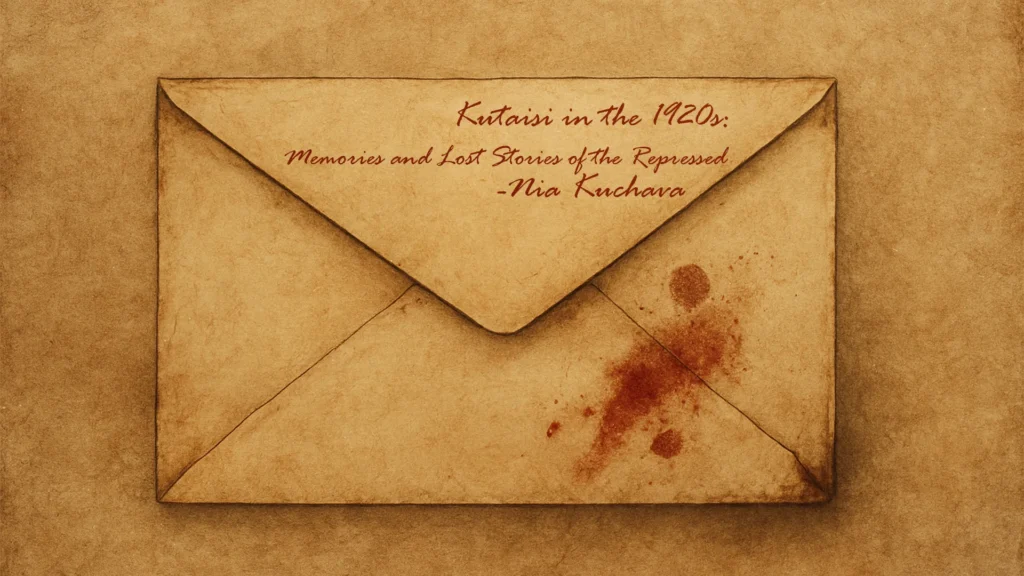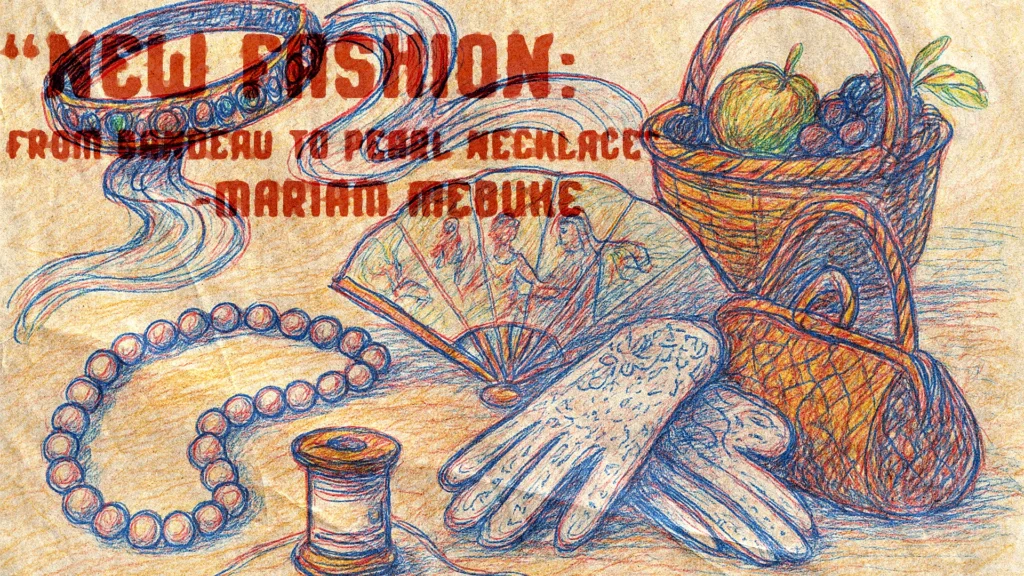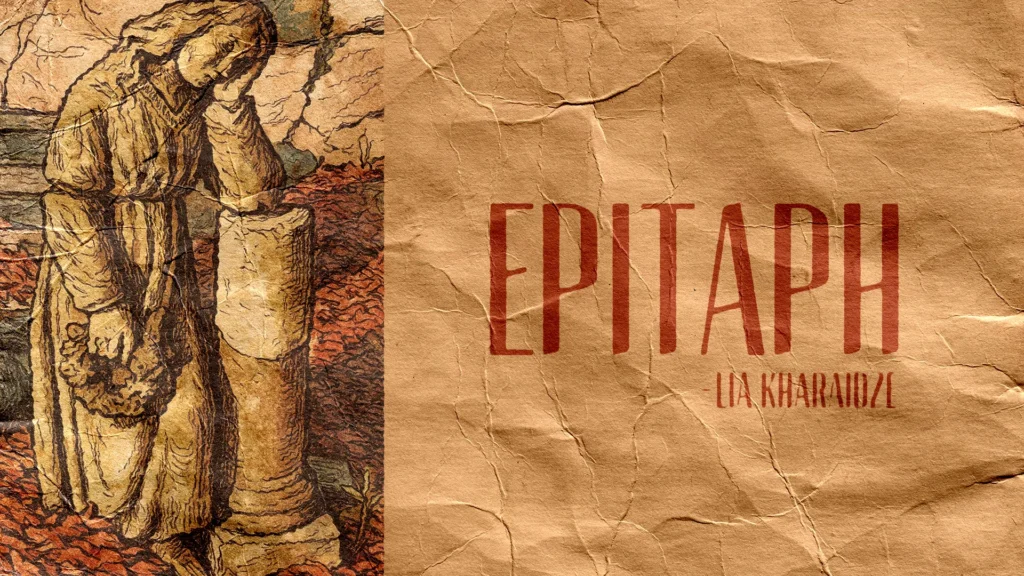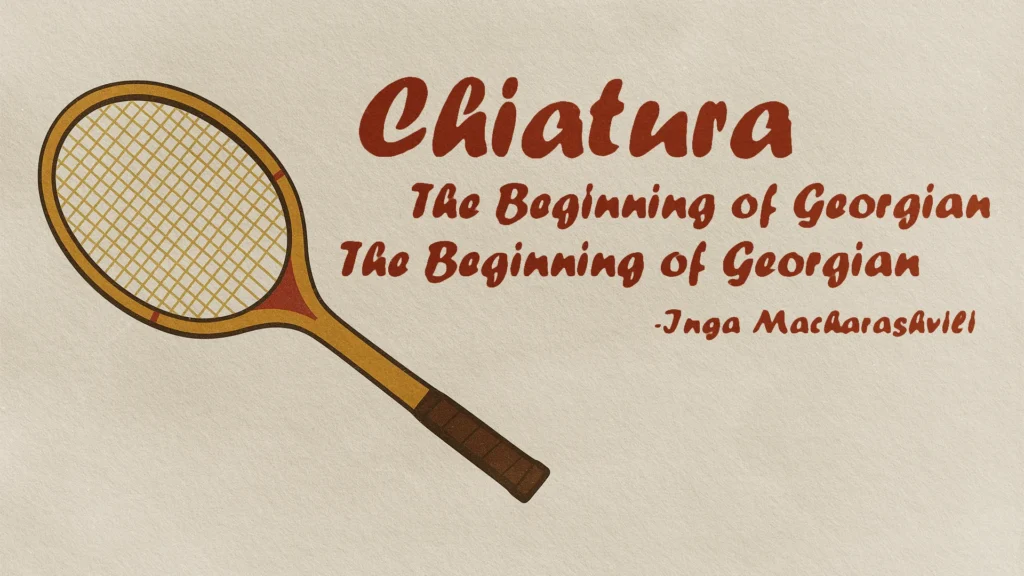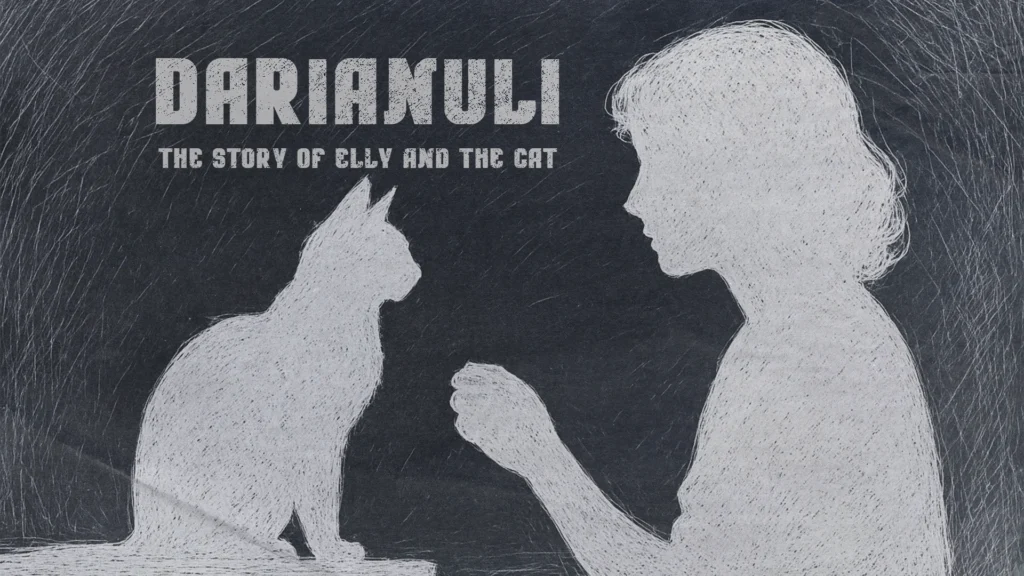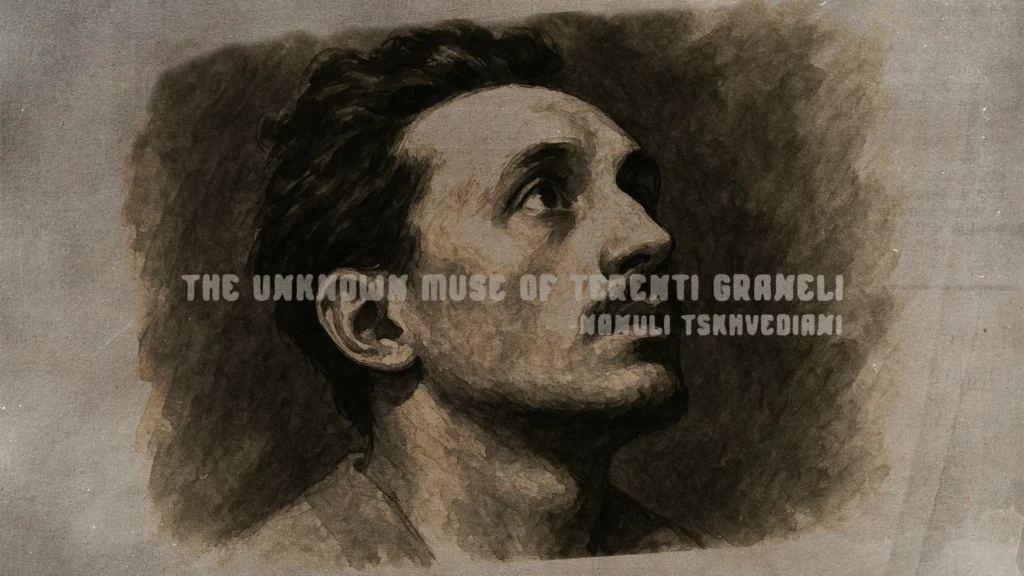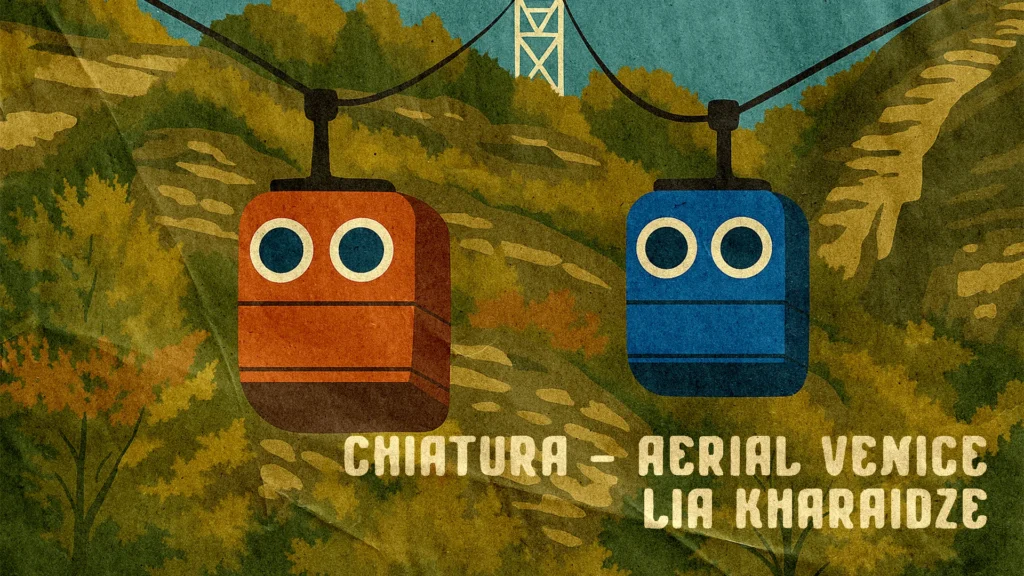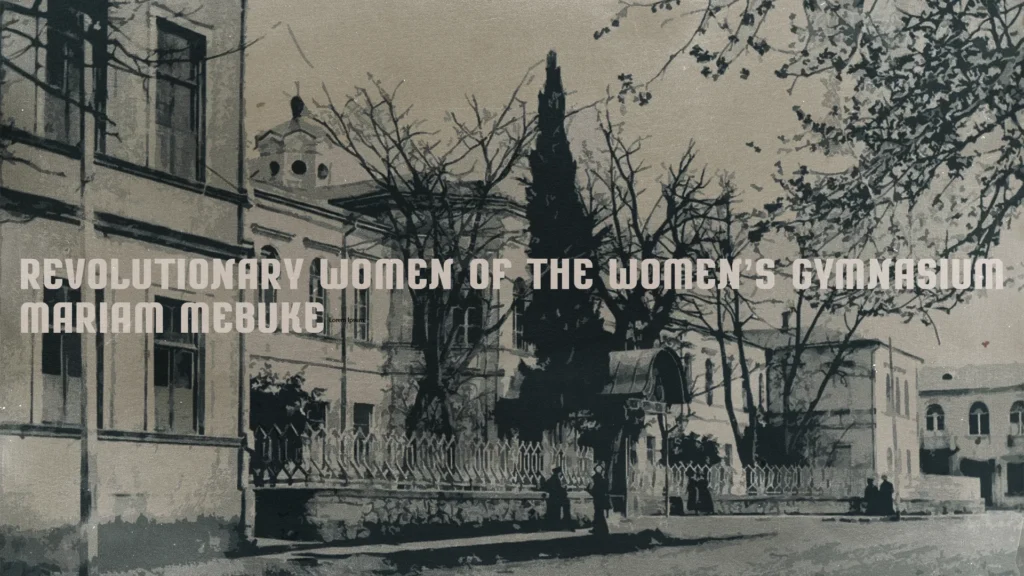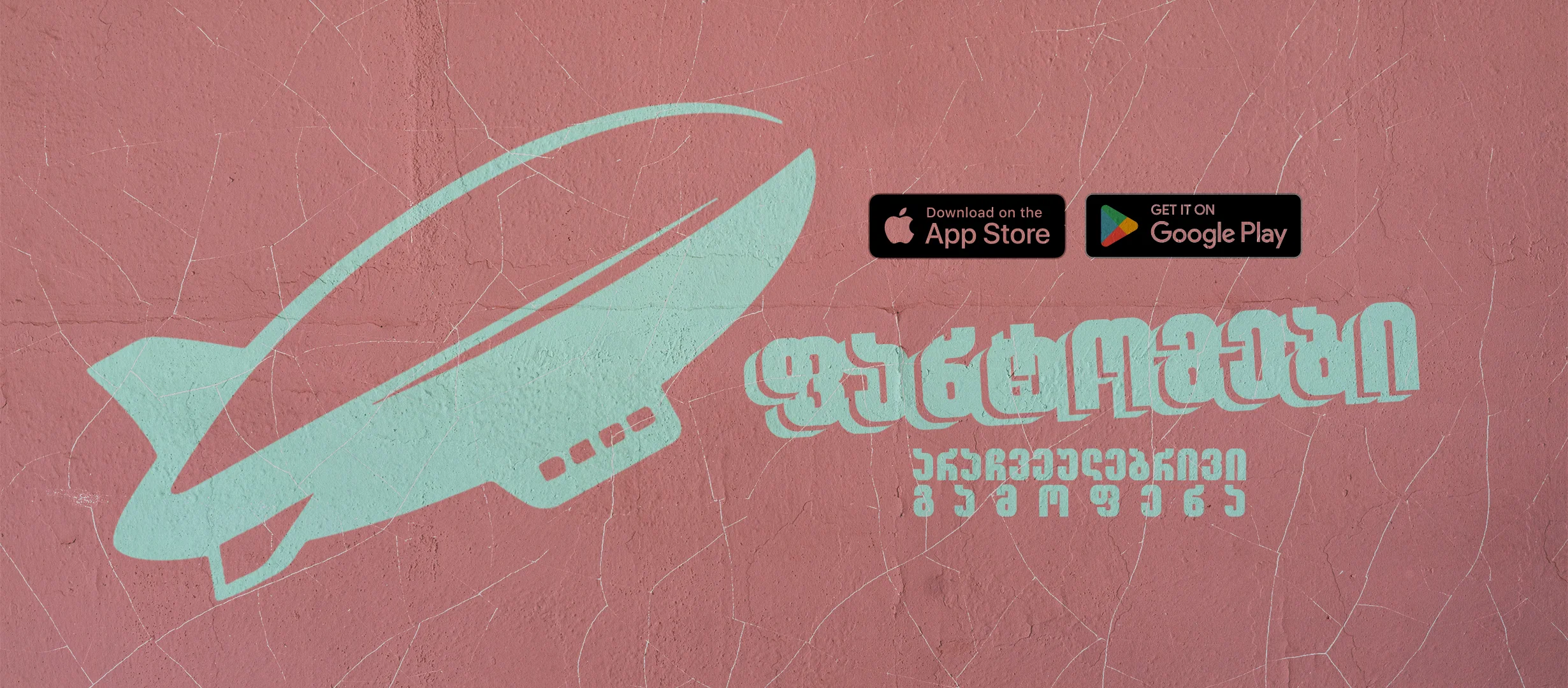Kultura! – Article Archive
Kutaisi in the 1920s: Memories and Lost Stories of the Repressed
Dori Laub, a psychoanalyst and professor at Yale University, developed important insights while researching trauma and how it is shared, expressed, and listened to. According to him, when a person shares their inner pain—something not yet fully understood or expressed—with another person who truly listens, a unique and deeply emotional situation is created. What makes this experience so extraordinary is that the listener is not hearing a story already told in museums or recorded in archives. Instead, they witness something being born for the first time—pain that has never had a chance to be revealed before.
Historical facts and context are present, but they do not reduce the importance of the listener. Instead, they offer a backdrop. The act of sharing trauma allows the storyteller to give shape to emotions that go beyond everyday feelings—emotions that are often intense, elusive, and hard to define. In return, the listener confirms that the story is real and meaningful. Based on Laub’s ideas, I believe it is especially important to see and understand the stories of ordinary people during times of political repression and historical change. These personal experiences help us better understand the emotional and psychological truth behind historical events. Everyday memories filled with fear, sadness, and uncertainty allow us to see history through human eyes.
This is the kind of lens through which we should look at Kutaisi in the 1920s, by uncovering the repressed memories hidden in letters, notes, and personal stories—giving voice to people who were silenced and finding an audience that will listen and recognize their truth.
New Fashion: From Bandeau to Pearl Necklace
When discussing the cultural developments of the late 19th and 20th centuries, fashion must be mentioned as one of the key indicators of a society’s cultural life. Kutaisi, in particular, played a significant and fascinating role in the history of Georgian fashion.
The production of silk fabric in Georgia is closely connected with Kutaisi. In 1889, in the Kutaisi province, the country’s earliest spinning factories were opened – two small mills both known simply as the “Spinning Factory.” Kutaisi was the main center for silk production, and the fabric was sold at fairs across Georgia. These locally produced materials were quite expensive – their total value reaching up to 75,000 rubles.
At the end of the 18th and beginning of the 19th centuries, Georgian nobles still wore traditional clothing, which was expected, as industrialization came later. Additionally, Georgia’s annexation by Russia brought many cultural changes. In the 19th century, British traveler Robert Kerr Porter, in his book “Travels in Georgia, Iran, Armenia, and the Middle East in 1817–1820,” described the appearance of Georgian women. He wrote that Georgian ladies wore full, richly decorated dresses. A bandeau, adorned with diamonds and other jewels, was wrapped around their foreheads. Their faces were painted, with only their large, dark eyes shining. Silk fabric hung from the bandeau and flowed down the back, covering the neck and chest, leaving the face and body modestly hidden, as shown in the illustrations.
Epitaph
The saddest, most mysterious, and strangely fascinating place — a cemetery — often stirs many thoughts and memories, creating an atmosphere ripe for philosophical reflection.
For centuries, people have expressed the grief of losing a loved one in different ways. One of the most lasting expressions is the creation of a grave — an “eternal resting place.” Memorial monuments have changed over time, reflecting different historical periods and cultural styles. Tombstones can tell us a lot — not only for professional researchers but also for amateurs or simply curious visitors. Many scholars focus on epitaphs as valuable written sources, while the artistic side of gravestones and monuments is less often studied. This article does not aim to be a scholarly work, but rather a brief overview of distinctive types of memorial monuments typical in Imereti, particularly from the 18th and 19th centuries.
Memorial monuments in Georgia are known for their variety. Both temples and graves in Georgia often feature bas-reliefs, but round statues are not common in traditional Georgian culture. These types of monuments came later, influenced by European traditions, especially after Georgia’s union with Russia.
Chiatura – The Beginning of Georgian Tennis History
The golden rays of the sun gently touch the old cobblestones, while the air carries the scent and color of manganese. Between stone houses, in a narrow courtyard, a curious sound is heard – the crisp echo of a ball striking a racket. At first, it seems unfamiliar to the locals, but soon it draws their attention and fascination.
The story of tennis in Georgia begins in Chiatura at the end of the 19th century – a time when the country was still part of the Russian Empire, and foreign cultural influences reached only a few places. During this period of industrial growth, the work of the English company “Forward and Salinas” in Chiatura played a key role not only in the economy but also in the cultural and sports life of the city.
The company’s manager, John Tarsay, who married a Georgian woman and spent many years living in Georgia, introduced lawn tennis – a Western sport – to the manganese-rich city of Chiatura. According to historical records, Tarsay personally built a tennis court and presented the local community with something completely new – the game of tennis, which at that time was still considered an elite pastime in Europe. This sporting novelty quickly caught the attention of Chiatura’s cultural circles.
Darianuli – The Story of Elly and the Cat
Some time ago, I once again listened to the audio version of Carver’s story “What Do We Talk About When We Talk About Love.” This question comes to my mind every time I remember the title, and to be honest, I still don’t have a clear answer. Maybe – about everything.
Then I also wonder – if it weren’t for Woody Allen’s Paris, would Kutaisi have been the same in the first half of the 20th century, and would it have been thanks to the “Blue Horns”?
Putting aside “Yellow Dante” and yellow news, I don’t want to prove that Elene Dariani was a mystification created by Paolo, nor that the poems belonged to Elene Bakradze and were falsely attributed to Iashvili. I don’t intend to discredit either side, nor do I want to interfere with the work of literary researchers. I simply want to talk about Kutaisi – a city where love and its accompanying passion are sometimes considered taboo, and other times are free and natural.
Media, Memory and National Identity – A Brief Overview of 19th Century Georgian Media
The role of the media in shaping national consciousness is not a new topic in the discussion of nationalism. The powerful influence of print media—especially magazines and newspapers—has played a key role in the development of nationalism, national ideas, and the national imagination. Several such publications appeared in 19th-century Georgia, and they are very important when talking about the origins and nature of Georgian nationalism and national identity.
In this article, we will look at some important trends and key ideological changes that helped reshape the idea of the state and led to the formation of nation-states globally. We will also focus on the Georgian context—especially in the city of Kutaisi—and briefly analyze the unique role that Georgian newspapers played during this time, even while the Russian Empire was constantly trying to suppress the idea of Georgian statehood.
The Unknown Muse of Terenti Graneli
Anyone who has read Terenti Graneli’s After Death (“…I will die at night, at dawn…”) will surely remember this passage:
“On Sunday morning, when the church doors open for all worshipers, a woman will come thoughtfully to my grave, she will remember my sunburnt face, she will remember my torture, and she will feel sorry.”
Who was this mysterious woman?
On November 11, 2019, I posted one of Terenti Graneli’s poems on my Facebook wall. A well-known and respected lawyer from Kutaisi, my dear friend Ivane (Vano) Afridonidze, responded with some fascinating information in the comments.
It turns out that the woman Graneli mentioned was Vano’s aunt (his mother’s cousin), Tamar Kachakhidze.
Here are some excerpts from Vano Afridonidze’s comments:
“Once, in 1966, my cousin Tsiala Zhorzholadze, Aunt Tamriko, and I were having a family gathering. Tsiala revealed the secret of that ‘one woman’. We each had a glass of red wine, and she asked her mother: ‘Mom, now tell us about Terenti Graneli’s last request.’
Chiatura – Aerial Venice
Chiatura is a city with such a unique landscape that it could never be confused with any other. Its special location in the Kvirila Gorge has greatly influenced its development. For example, the abundance of rocks and caves attracted people here as early as the Mesolithic period. Many remains of ancient “Sakhizari” settlements have survived in the area thanks to this location. (There is even a forest nearby called “Nakhiznevi.”)The geography of the city also explains why, in a place with a population of less than 12,000, there were once as many as 36 cable cars in operation. One foreign visitor, impressed by the network of aerial trams, even called Chiatura the “Aerial Venice.”The idea of building cable cars in Chiatura was first raised at the end of the 19th century, but it became more widely accepted only in the 1950s. Local engineers developed several freight and passenger cable cars. Because of the challenging terrain, cable cars quickly became a fast and convenient means of transport. In fact, the first aerial cable car in the Soviet Union was built in Chiatura.
The Story of the Birdman
This is not a fantasy tale, but a memory of an extraordinary man. Aleksandre (Alyosha) Nemsitsveridze, known as “The Birdman,” or simply Ate (as his closest friend called him), was a remarkable figure in Georgian mountaineering and speleology. He was also a close companion of Levan Gotua, a prominent figure in Georgian literature, a colorful representative of Georgian alpinism, and a man who endured much in life.
Revolutionary Women of the Women’s Gymnasium
When we realize that we have forgotten the past, that our collective memory has deceived us, we see that this state of oblivion often lasts longer than it should. This seemingly abstract introduction is dedicated to women who shaped history with their lives and even more with their work. Today, I am writing about the revolutionary women of the late 19th and early 20th centuries who had some connection with Kutaisi and who left behind remarkable stories about this city.
